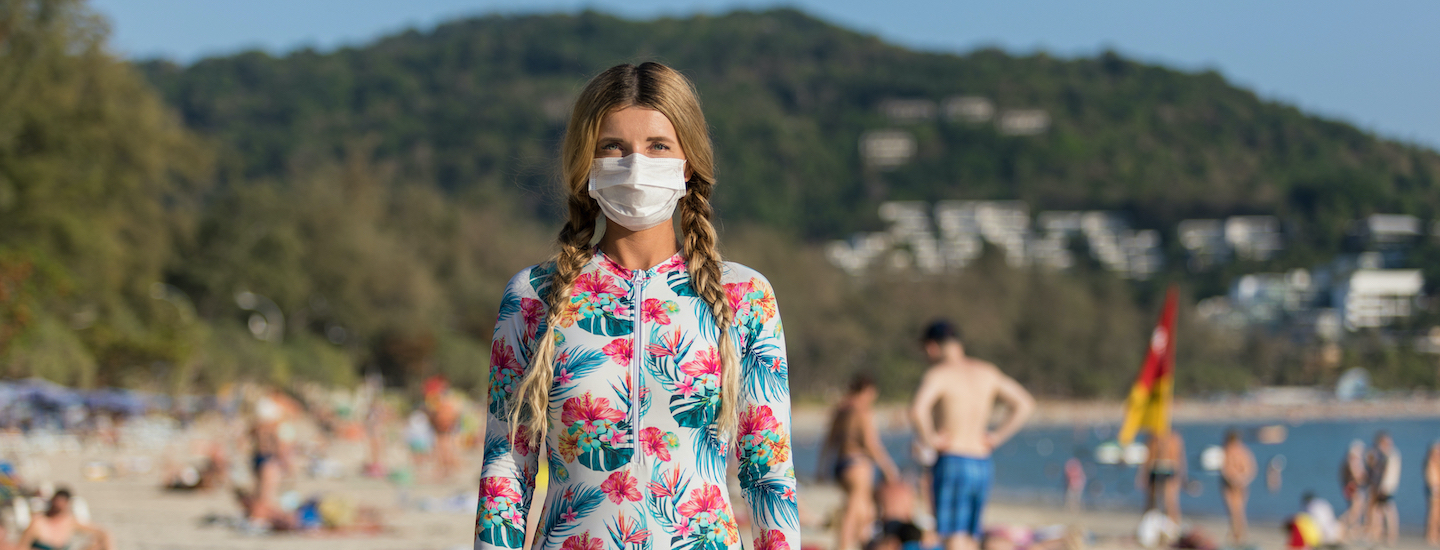
If you’ve been to the beach lately, you’d probably agree that it seemed a bit more crowded than usual. It’s especially noticeable at a time when we’re all meant to be more consciously aware of maintaining proper physical distancing in order to stop the spread of COVID-19. While it’s great to see more people enjoying the serenity and escape our ocean can provide, there’s been an unfortunate side effect to this increased beach traffic - more plastic is being left behind.
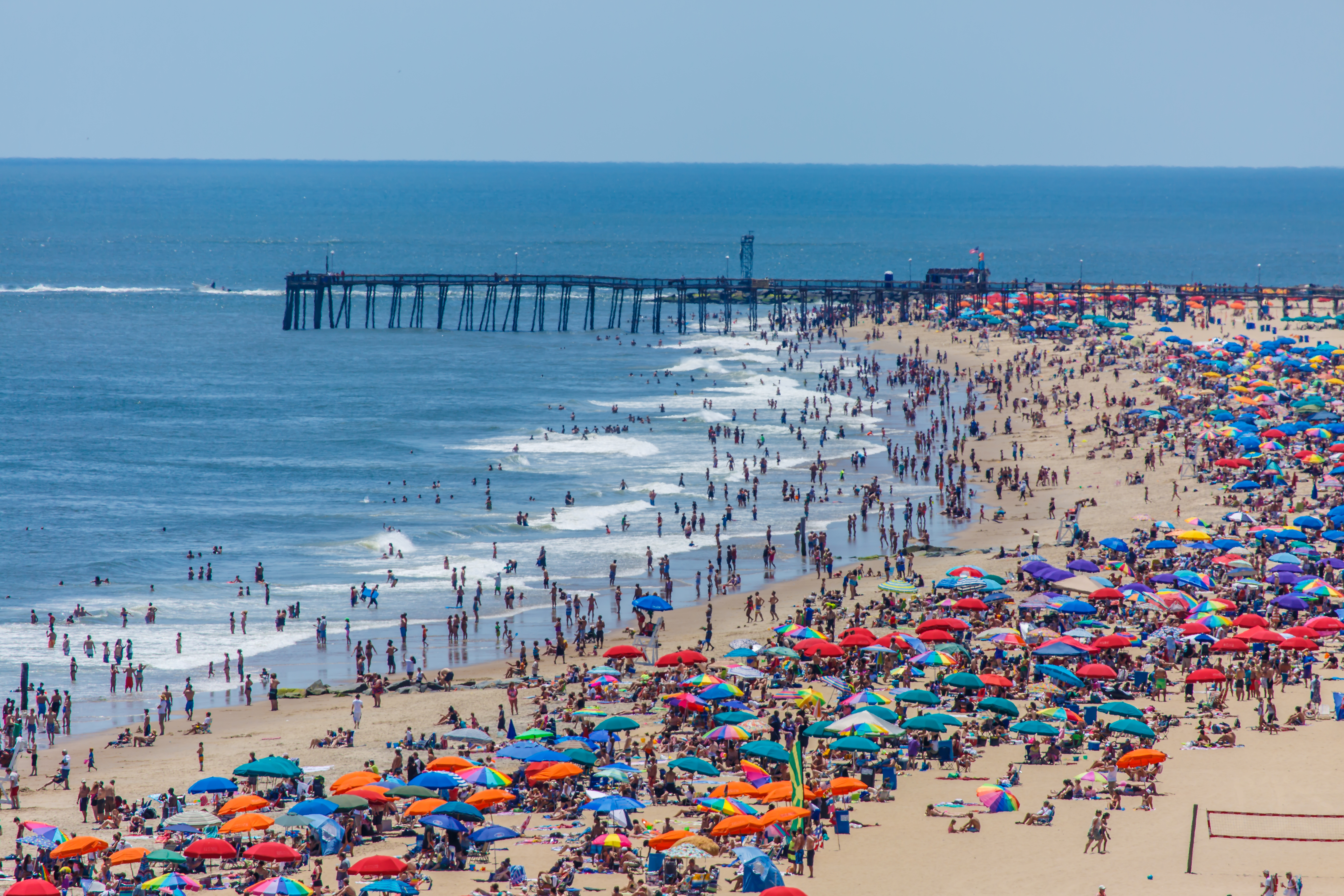
Beach Use on the Rise
Let’s start by looking at some data surrounding beach attendance. During the month of May 2020, many beaches were still closed or had limited access due to stay at home orders. As these orders got lifted, beaches across the country started to experience notable increases in attendance compared to last year. For instance, in the popular southern beach town of Carolina Beach, North Carolina, after a 40% reduction in beach use (based on the amount of times water attendance was considered “high”) for May 2020 compared to last year, beach use rapidly surged in June. This resulted in 300% more “high use” beach days compared to June of last year. In Southern California, beaches opened a bit earlier and beach cities, such as San Clemente in Orange County, experienced 230% more people on the beach in May 2020 compared to the same time last year. In the Mid Atlantic, beach towns like Bradley Beach, NJ, which require “beach badges” in order to visit the beach, sold 10% more badges this season compared to this time last season.
The type and location of beach use has also varied in certain areas. For instance, in Volusia County, Florida (home to Daytona Beach), 17 miles of drivable beaches are usually packed with vacationers staying in nearby hotels. Yet this summer there have been 20% less beach users than last year, likely due to hotel closures as well as an increase in the frequency of high tide events causing beach closures. However, nearby popular surf spots and inlet parks like Smyrna Dunes and Lighthouse Point Park are experiencing nearly 40% more beach users than last year.
These increases in beach attendance can translate to more strain on the local management agency. For instance, in the Northeast, one beach patrol agency mentioned they had more violations and rescues in the month of June 2020 than all of last summer, combined. Additionally, popular beaches can increase your exposure to COVID-19, putting you in closer contact to people not in your household. To enjoy the beach safely, remember to recreate responsibly, keep your distance and stay at least six feet away from other beachgoers. If the beach is too crowded to keep that distance, consider finding another location and try again during off peak hours (such as early morning, later in the afternoon, or on weekdays.)
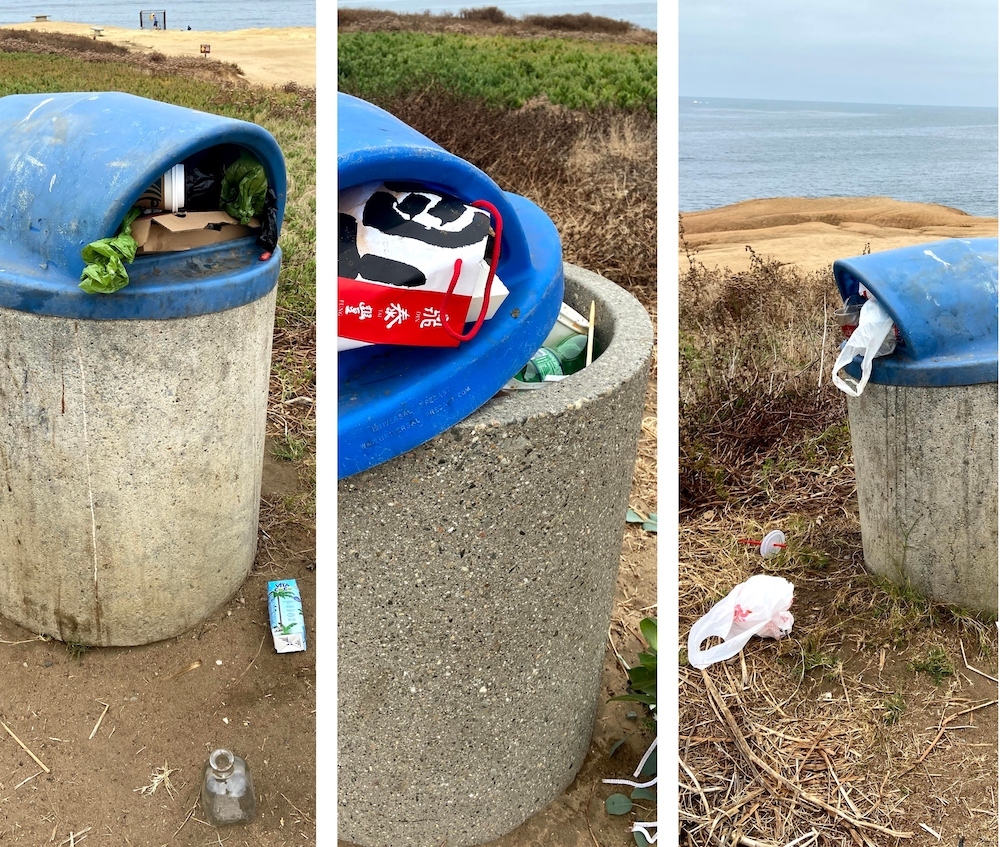
Increased Plastic Use and Beach Litter
The Surfrider Foundation surveyed our 200 chapters and clubs across the US and in almost every case, they are seeing a dramatic increase in trash cans overflowing because waste management is being overwhelmed. Compared to this time last year, we’ve seen an almost 70% increase in the number of items collected per cleanup.The amount of trash on our beaches is expected to continue to rise as long as there continues to be an increased reliance on single-use plastics, specifically with regards to personal protective equipment (PPE) and takeout foodware.
Since the Surfrider Foundation began tracking PPE found during solo beach cleanups in June 2020, we have found over 500 single-use PPE items on our beaches - and that is only what we have been able to track. Significantly less cleanups are taking place due to rolling beach closures and restricted group sizes, 400 less Surfrider cleanups compared to 2019 to be exact. However, the cleanups that are taking place provide important insights into how COVID-19 is impacting plastic pollution. For example, despite just a handful of solo beach cleanups taking place, Surfrider volunteers found 50 masks in San Diego on July 5th, which is traditionally one of the dirtiest beach days of the year.
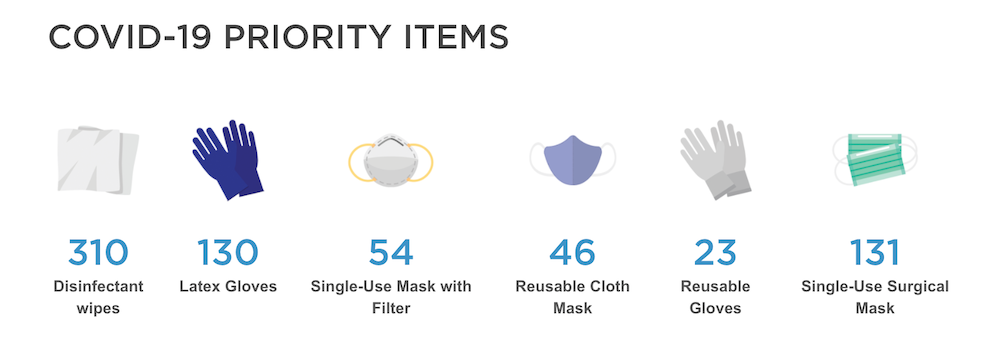
PPE, mainly masks and gloves, have become the new must-have accessory of the summer. Unfortunately, much of it is single-use and almost all of it is plastic. Single-use PPE is no different than any other type of single-use plastic that we consistently advocate against. They are used once, disposed of, and, if littered or leaked into the environment, will remain there long after we’re gone. PPE will act as any other plastic would when it enters the environment. Over time, it will break down into smaller pieces and contribute to the greater microplastic pollution problem - making its way into our food, water, and air.
If you used a new single-use mask each day since masks were mandated (roughly 6 months ago) that would result in over 150 single-use masks! Now multiply that by the population and the numbers are staggering. In the US alone, it would result in the disposal of over 49 billion masks. Our planet simply cannot handle this additional waste. Thankfully, it’s completely avoidable!
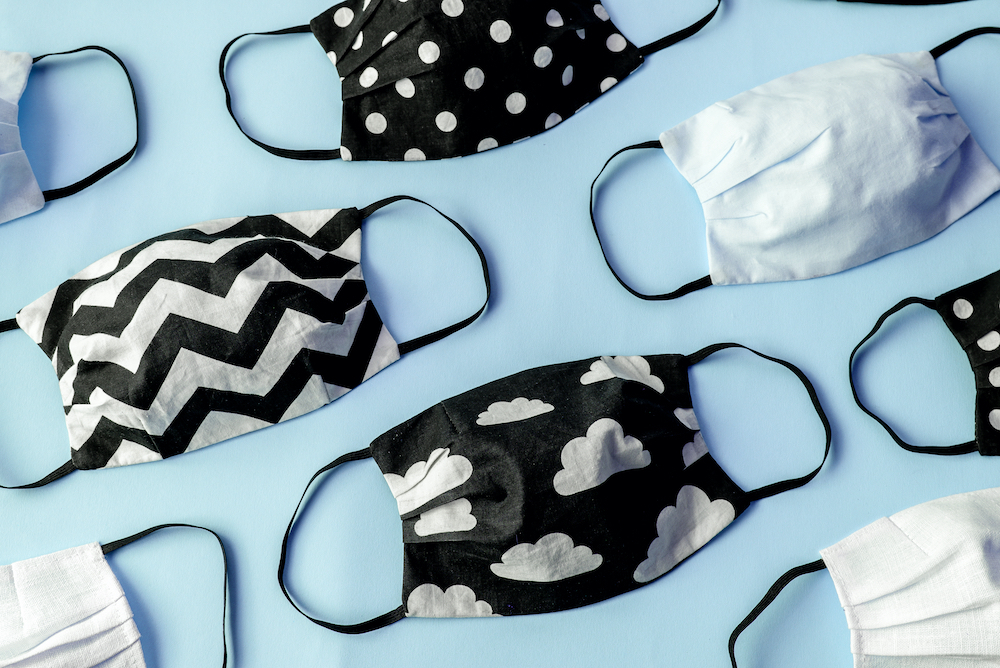
Reusable PPE is not only more stylish, but it provides an affordable and sustainable option to protect yourself against COVID-19. You can support a local vendor or easily make your own. Keep in mind that multiple layers of fabric are more effective than just one and your mask should always fit snug around your face. Be sure to regularly sanitize your reusable masks and gloves by washing them in hot water with laundry detergent or soap. Check back next month as Surfrider celebrates International Coastal Cleanup 2020 with a week-long focus on supporting reusable PPE and safely cleaning PPE waste off our beaches.
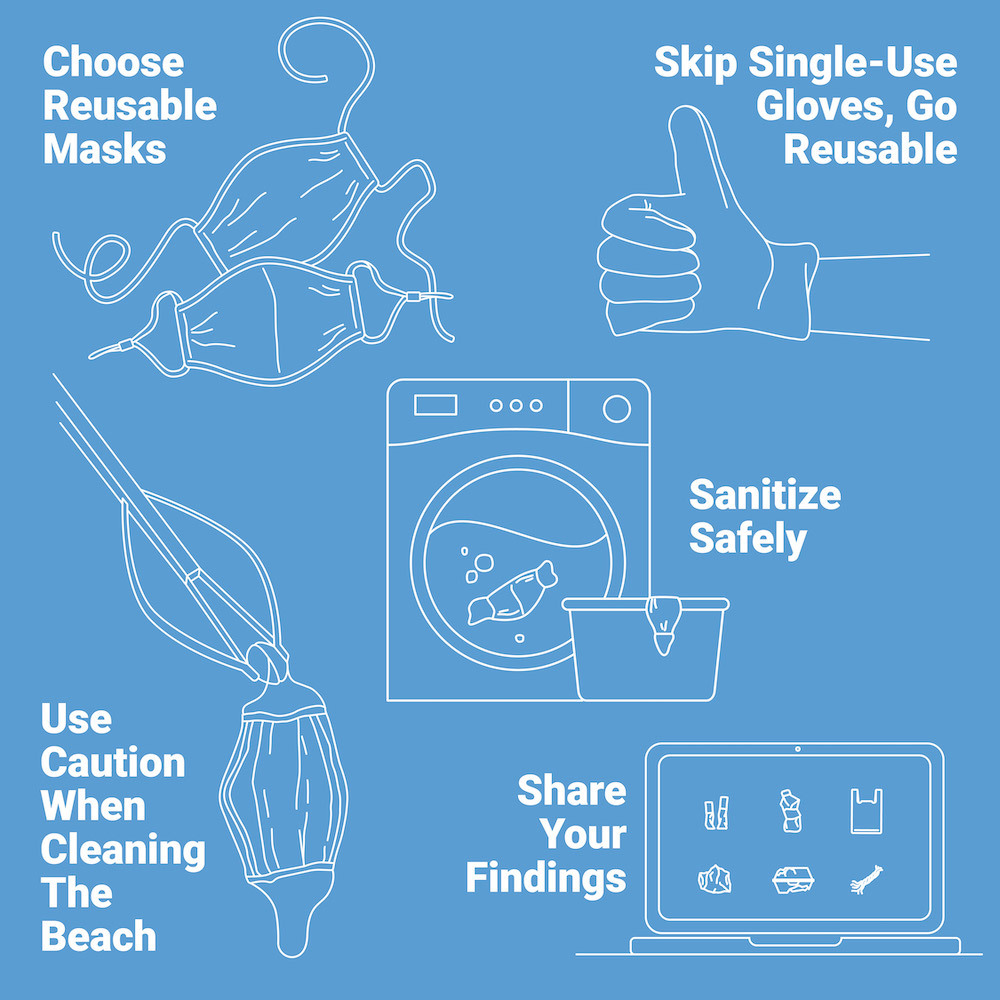
Next time you hit the beach, try to only pack in reusables and be sure to pack out any trash you generate instead of placing it in an already overflowing trash bin. Let’s avoid fueling one crisis while trying to resolve another.
